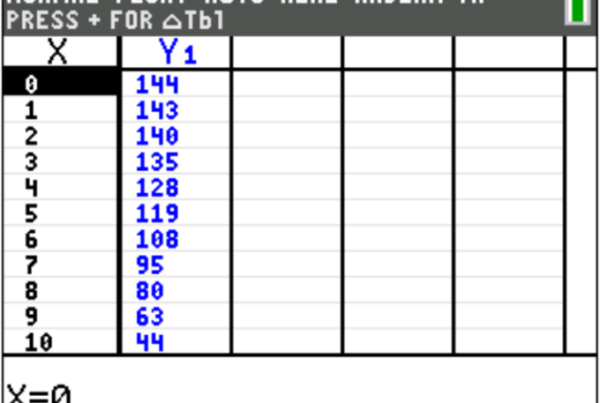For many students, the SAT and ACT Math sections is a daunting challenge, filled with complex calculations and problem-solving. Fortunately, graphing calculators, such as those in the TI-83 or -84 series, can provide significant assistance but requires careful attention. To make the most of your calculator’s capabilities during these standardized tests, it’s crucial to input mathematical expressions precisely so your calculator correctly interprets the order of operations you intend. In this blog post, we’ll explore the importance of correctly entering mathematical expressions on a TI-series graphing calculator during the SAT and ACT Math sections, including examples of common mistakes.
Reviewing Order of Operations
In the US (but not necessarily worldwide), the acronym PEMDAS is often used to remember order of operations:
P: Parentheses
E: Exponents (or Powers)
MD: Multiplication and Division (left to right)
AS: Addition and Subtraction (left to right)
The single-line, left-to-right input on some earlier TI-83 or -84 models can sometimes make long arithmetic expressions difficult to read and lead to unintended results if we aren’t careful. Let’s look at some examples.
Common Mistakes
Overlooking Parentheses:
Neglecting parentheses is one of the most common mistakes when working with graphing calculators.
For example, imagine we were evaluating the function g(x) = (x+2)/(x^2+3) when x = 5 and typed the following into our calculator:
g(5) = 5+2/5^2+3 = 8.08 (is this correct?)
Hopefully, you already noticed that I defined the function using parentheses (because the code to format the numerator and denominator of a fraction on a website is beyond my skillset) and typed it into my calculator without. Nevertheless, think about what we want the calculator to do in this instance instead.
Numerator of g(5) = 5+2 = 7
Denominator of g(5) = 5^2+3 = 28
g(5) = 7/28 = 0.25
We would need to use the same parentheses given in the original definition of the function in our calculator to arrive at the correct value of the function.
Misinterpreting Exponents:
At this point in my career, the TI-83 graphing calculator I still have from high school is older than most of the students I work with, and I don’t even get the luxury of superscript when I type in an exponent. Lackadaisically entering an expression containing an exponent can potentially produce unexpected results, but again, it comes down to clarifying order of operations with parentheses:
2^3/2 does not equal 2^(3/2). Because exponents come before division in PEMDAS, your calculator would evaluate the exponent step 2^3 first and then divide that result by 2.
Exponents and Negative Numbers
Raising negative numbers to even powers is another commonly misleading operation for students.
If we want to square -14 but type -14^2 into our calculator, we get -196, but we know that the square of a negative number should be positive. Our calculator produces a negative answer in this case because it treats the negative sign as multiplication by -1 instead of as part of the number itself, performing the exponent operation before multiplying by -1 as the correct order of operations would require. Parentheses give our calculator clear steps to follow in order to evaluate this expression correctly: (-14)^2 = 196.
There are plenty of other examples we could offer, but they all essentially come down to one of two options students have to avoid making arithmetic mistakes while using a graphing calculator:
- Split up expressions on your own, evaluating one step of order of operations at a time in the correct order, similar to how we evaluated g(5) in the example above. This will require you to track intermediate values along the way but ensures that correct order of operations is performed.
- Become really familiar with parentheses and when and where to use them. This can mean typing out long expressions over multiple lines in your calculator, but as long as you’ve correctly indicated all the operations in the correct order, all you need to do is press Enter!
Conclusion
Mastering the order of operations on your TI-series graphing calculator is essential for excelling in the Math sections of the SAT and ACT. By understanding these rules and correctly inputting expressions, you can avoid common mistakes and ensure accurate results. Remember the PEMDAS acronym and make effective use of parentheses to guide your calculator in performing operations in the correct order. With practice and careful attention to detail, you’ll become proficient at using your graphing calculator to tackle even the most challenging arithmetic these standardized tests may throw your way.
This post is the first in my Calculator Mastery Series. Stayed tuned for more!




